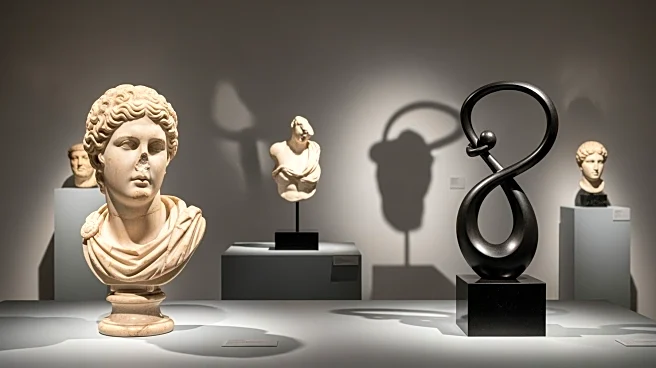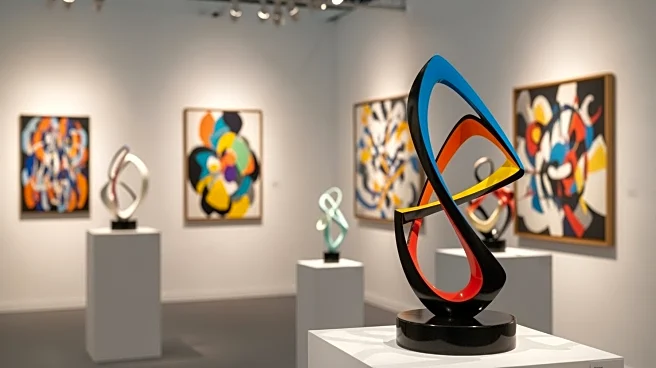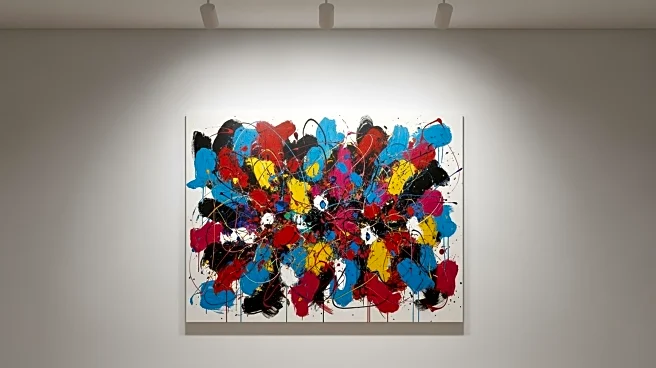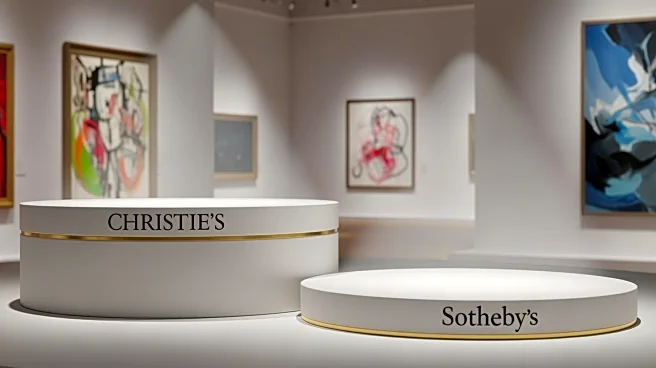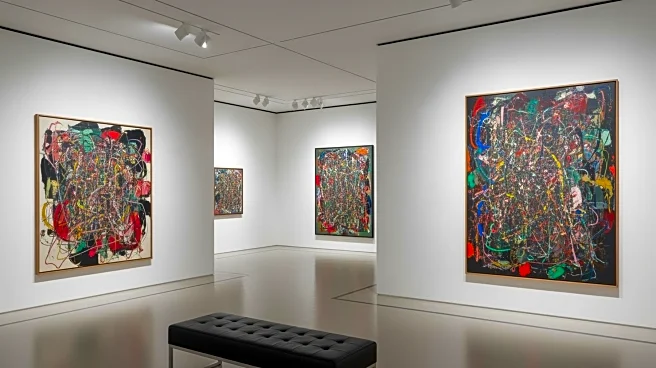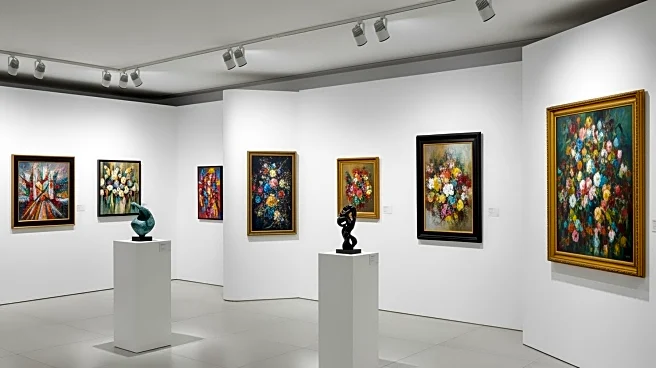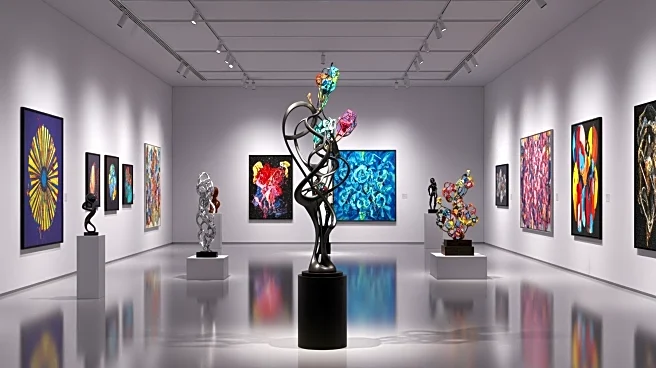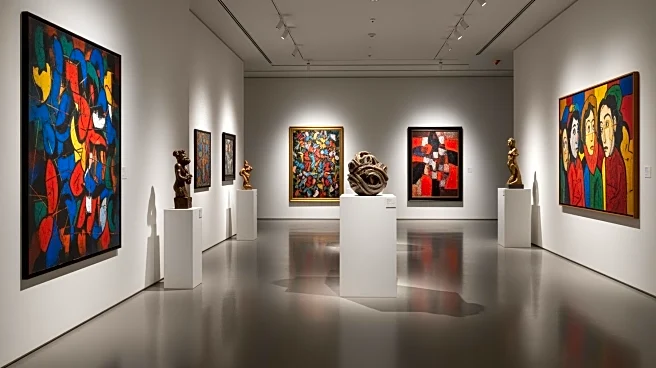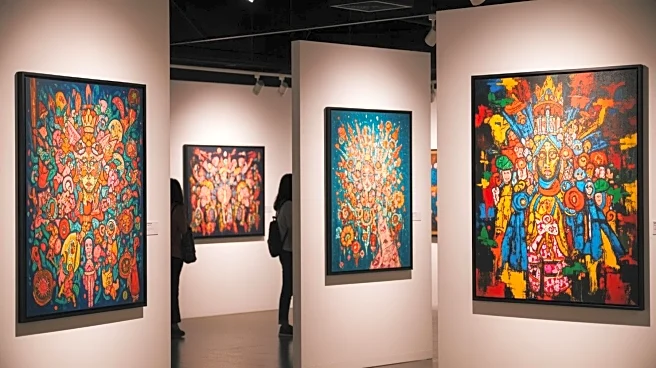What's Happening?
Frieze Masters, a prominent art fair, is witnessing a surge in interest from millennial collectors who are increasingly drawn to historical works. On the VIP day, young dealer Michele di Robilant showcased
a 15th-century altarpiece alongside modern masters like Picasso. Collector Andrea Gho, influenced by his architect grandfather, is expanding his collection to include older works, reflecting a trend among younger collectors. Emanuela Tarizzo, head of Frieze Masters, noted a generational shift in art preferences, with younger audiences showing openness to diverse periods and styles. This trend is supported by a rise in global auction sales of Old Masters, indicating a growing market for historical art.
Why It's Important?
The interest from millennial collectors in historical art signifies a shift in the art market, traditionally dominated by contemporary works. This trend could lead to increased investment in historical pieces, providing stability and long-term value. As younger collectors diversify their portfolios, the art market may see a broader range of styles and periods gaining popularity. This shift also reflects changing tastes and a generational transfer of wealth, potentially influencing future art trends and market dynamics. Established dealers are adapting by promoting lesser-known historical artists, which could lead to a renaissance in appreciation for older art forms.
Beyond the Headlines
The growing interest in historical art among millennials may have cultural implications, as it encourages a deeper appreciation for art history and its influence on contemporary works. This trend could foster cross-generational dialogue and collaboration in the art world, bridging gaps between traditional and modern art forms. Additionally, the accessibility of historical art at reasonable price points may democratize art collecting, making it more inclusive for younger audiences. As millennials continue to shape the market, their preferences could redefine the value and significance of historical art in the cultural landscape.
